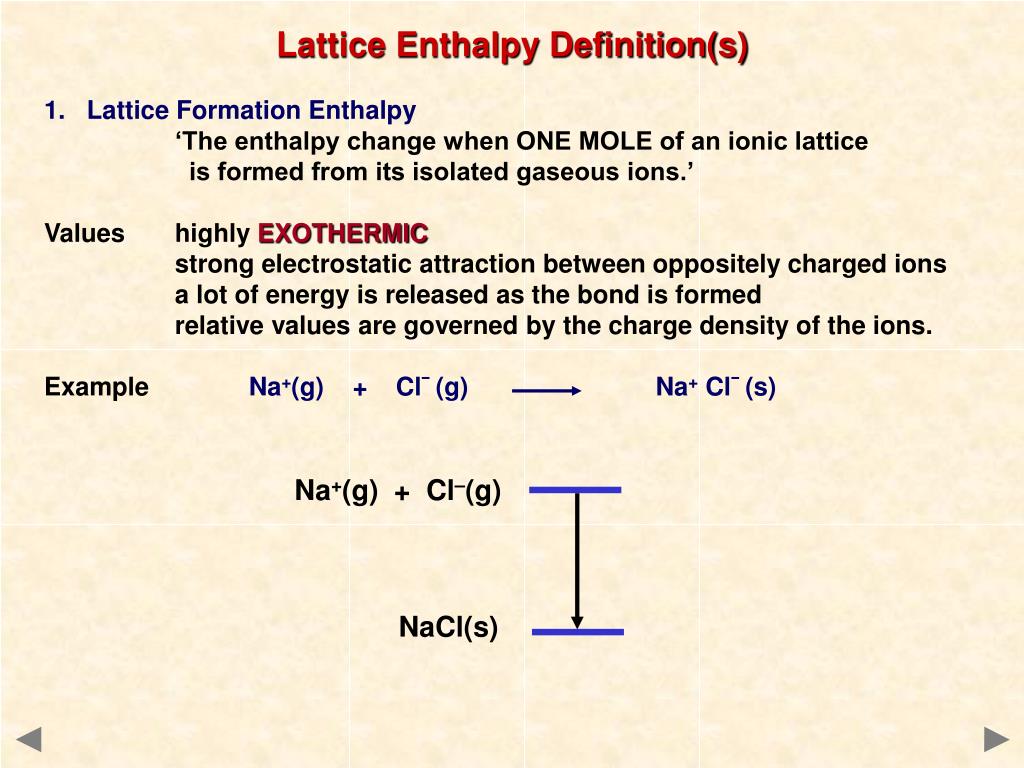

Also, lattice vibrations interact with free electrons in a conducting solid and give rise to electrical resistance. The wave character of the vibrations is needed, however, to describe heat transport by lattice waves. Because of the short wavelength, the motion of neighboring atoms is essentially uncorrelated, so that for many purposes the vibrations can be regarded as those of independently vibrating atoms, each moving about its average position in three dimensions with average vibrational energy of 3 kT, where k is the Boltzmann constant and T the absolute temperature. See Crystal structure, Vibration, Wave motionĪt room temperature and above, most of the thermal energy resides in the waves of highest frequency. The wavelengths at these highest frequencies are of the order of interatomic spacings. The spectrum of lattice waves ranges from these low frequencies to frequencies of the order of 10 13 Hz, and sometimes even higher. These are progressive waves, and at low frequencies they are the elastic waves in the corresponding anisotropic continuum. In a regular lattice with harmonic forces between atoms, the normal modes of vibrations are lattice waves. Because the atoms are bound not to their average positions but to the neighboring atoms, vibrations of neighbors are not independent of each other. In a crystal, these positions form a regular lattice. You can see a brief demo of these tips in the video below.The oscillations of atoms in a solid about their equilibrium positions. Ball Diameter: Diameter of the ball where beams intersect.Ī 3D lattice made of beams.Cross Section Size: The diameter of the beam and the ball diameter will be the connections between beams.Cross Section Type: Circular, square, or hexagonal.In the Cell dialog, modify the cell size and other parameters, like wall thickness.To create a 3D lattice, follow these steps: However, the 3D lattice structure is based on beams. Like the 2.5D lattice, you can select triangular, square, hexagonal, or octagonal types. The second cell type you can see in Creo 4.0 is the 3D lattice.


In short, lattice structures in the era of additive manufacturing offer powerful new design options for product developers. For other parts, a more “airy” lattice structure can offer just the right support without adding much weight. A lattice with thick walls and small cell sizes can save weight, but still withstand large forces. And that’s good news for engineers and designers who want to create strong parts with a fraction of the weight of a solid piece. Imagine sending this model to be injection molded:īut with additive manufacturing, lattice structures like these are easy to produce. One of the benefits of additive manufacturing is that it lets you manufacture complex shapes that would otherwise prove difficult or impossible to produce with traditional processes.


 0 kommentar(er)
0 kommentar(er)
